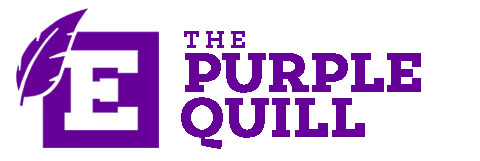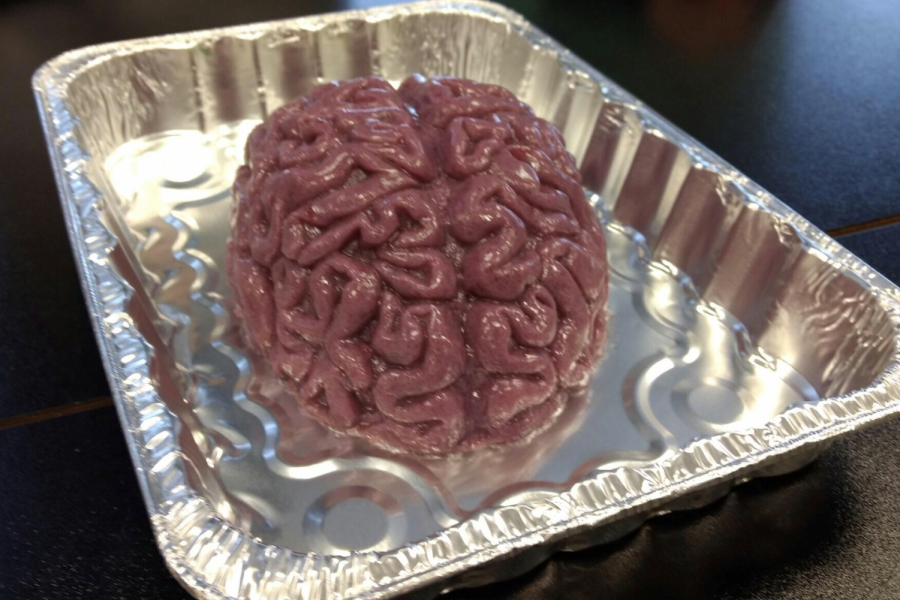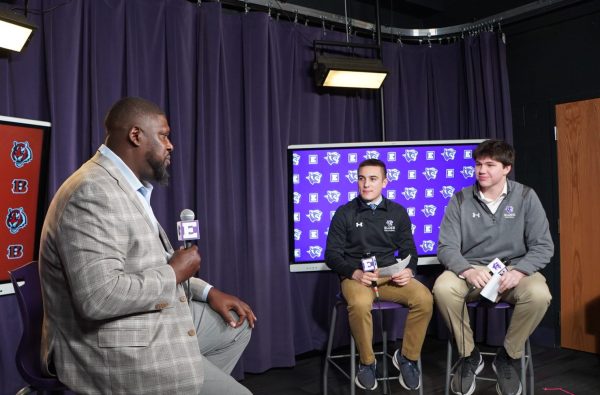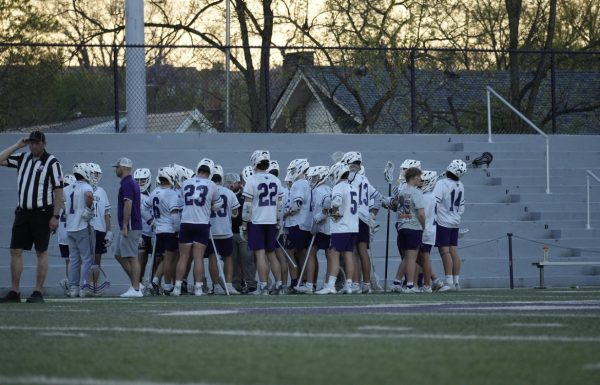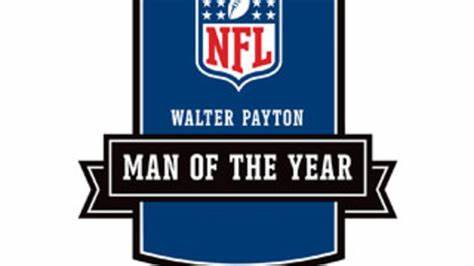The Impact of concussions
It is no secret that concussions have serious repercussions, but the extent of those repercussions remains largely unknown to many. Since concussions can result from any number of actions including a minor fall, it is important for students and athletes alike to recognize the warning signs and potential dangers moving forward.
The main issue with spotting concussions is that many symptoms cannot be viewed on the exterior. Issues such as sensitivity to light, memory loss, inability to focus on detail, and blurred vision are among the most common symptoms. Students may not even be aware of these deficits until they return to school and realize that their thought processes have been impaired. This is known as post concussive cognitive syndrome.
Concussions can also create swelling within the brain. Since there is only so much room within the skull, a repeated impact before the swelling has had time to subside could lead to greater, life-threatening swelling known as second impact swelling. This can lead to death, paralysis, or significant change in personality. In severe cases, chronic traumatic encephalopathy (CTE) may result, and though symptoms such as ADHD, impulsive behavior, or social instability may occur, it can only be definitively diagnosed postmortem.
Stephanie Lambers, TriHealth’s Community Benefit and Special Projects Consultant, provided further medical input. She points out that concussions do not only result from a blow to the head. “You could have a fall or some other type of blow to your body because of the fact that your brain actually floats in fluid in your head, so it can create this effect to where your brain gets slammed back and forth within your skull.”
Lambers has become somewhat of an expert in the field of brain trauma throughout her 25 years with TriHealth. “I used to work in patient care with a lot of people with brain injuries, spinal cord injuries, strokes, and many serious problems that affect the central nervous system,” shared Lambers. “It is horrible when you see people with these really bad injuries. Some of them were sports related, some of them from car crashes, and some just from walking across the street and not paying attention to their surroundings. Along the way I definitely developed a passion for the prevention side of this.”
Students may recognize Lambers from the Think First program in which she visits local elementary and high schools in order to discuss the importance of brain trauma prevention. “With that I thought, okay, this is great that we’re reaching out and doing these things in schools, but what are some other things we can do?”
Several years ago Lambers teamed up with doctors at the Mayfield Clinic, a world-renowned neurosurgery group, in order to promote concussion awareness. “We now know that concussion is actually brain injury, but people used to think that concussions weren’t a big deal. When I was growing up, if somebody had a concussion they’d just say, ‘oh, they got their bell rung,’ or, ‘they’re seeing stars,’ and minimize [the severity of the damage]. If it was a sport, they used to just throw them back in the game.”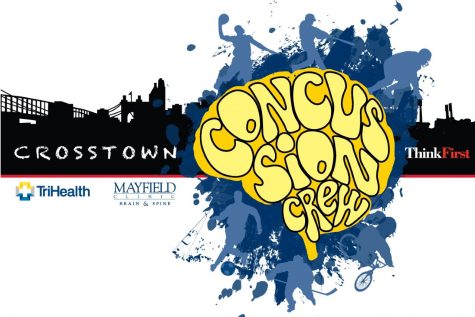
Fortunately, concussions have been taken much more seriously in recent years. “I think part of it is due to the NFL finally waking up from whatever their semi-conscious state was in regards to brain injury,” Lambers said, referring to the National Football League’s notoriously negligent handling of brain trauma during the twentieth century. “That was good because many people look up to the NFL, so it helped to raise this level of importance and awareness about brain injury and concussions.”
With increased awareness came increased legislation. Washington was the first state to pass a Return to Play law for youth sports in 2009. Ohio would later follow in 2013, and its current legislation calls for the education of coaches on identifying the signs of a concussion and removing the student athlete from the game should he or she exhibit such signs. The student may not return to play in that same day, must be evaluated by a physician, and must acquire written physician’s clearance before returning.
Mr. Doug Ramsey, Elder’s varsity football head coach and father of a college football athlete, notes that rules have been better enforced since the new regulations were passed. He feels the best way to prevent concussions is by teaching athletes the proper techniques, adding, “We as coaches need to keep teaching the proper ways to tackle and limit the amount of full contact players have during the season. There is a lot of research being done which is good, and we used ProTech helmet covers this year to try and minimize the chance of concussions.”
Mr. Brett Currin, Elder’s varsity football defensive coordinator, reflected on the significant changes that were ushered in by the legislation. “There was no concussion course when I started coaching. The first time I had to take it was 2013, and I have had to do it twice since then.”
Currin further elaborated on the process of obtaining a coaching license as laid out by the Ohio High School Athletic Association. He explained that coaches must obtain a pupil activity permit, or PAP, which is good for three to five years before renewal is required. In order to do so, they must first complete an online course on concussions administered by the National Federation of State High School Associations (NFHS), pass a quiz reinforcing the information, and receive first aid training in a classroom. Once all steps have been completed, coaches will be awarded a coaching certificate to verify that they have taken the necessary steps in training.
A high school tennis coach herself, Lambers was also required to undergo online concussion training. “I know a fair amount about concussions, but I thought, ‘well this is pretty cool, I have to follow the rules and do what everybody else is doing,’” Lambers laughed. ‘“Not everyone has a healthcare background and knows about this stuff, or knows how fragile and precious your brain is. You have one brain and you want to do right by it.”
“Some students who think they have the prospect of playing college sports may have their own agenda and try to ‘doctor shop,’ or find a doctor who will let them return to sports too soon,” Lambers warned. “You would be doing yourself a huge disservice, or if you are a parent you are doing your child a disservice because, again, take it all back to one brain one chance. If you damage that, you cannot go back to your baseline of where you were at the beginning point.”
Athletes put a lot on the line when they step onto the field, but they can rest assured that they are in very capable hands. With the latest regulations in place, it is safe to say that coaches are appropriately trained in handling injuries such as concussion.

I'd rather be sleeping. "Like a man with a fork in a world of soup."- Noel Gallagher



